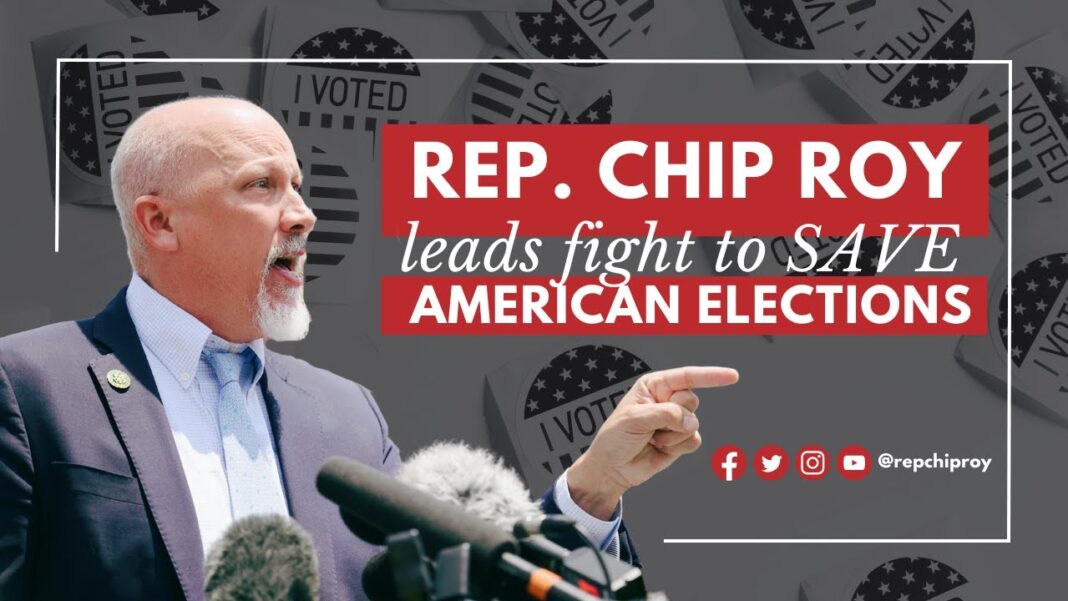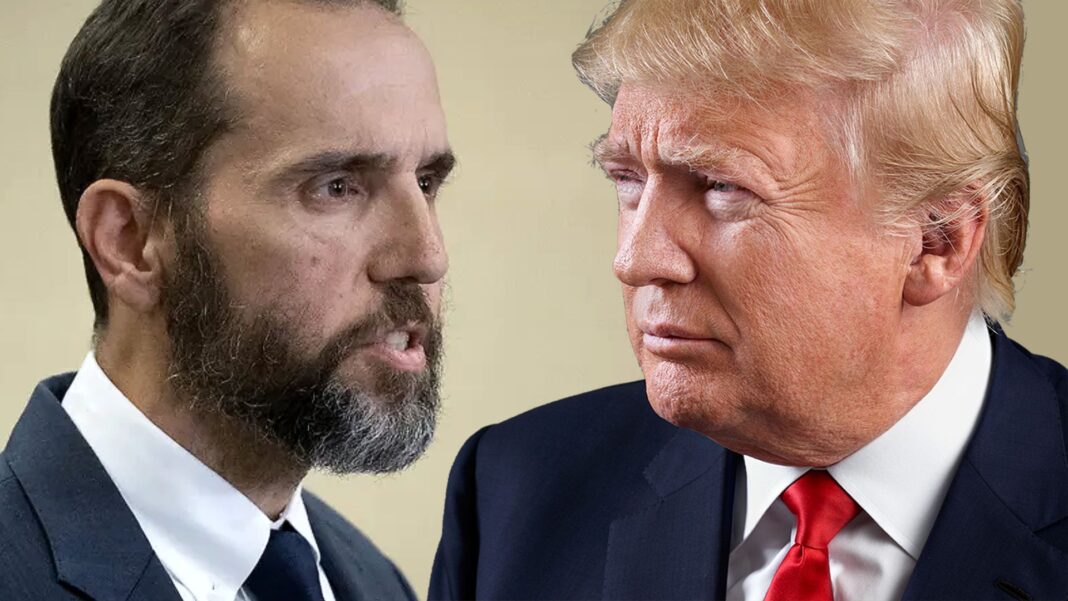The travails of Starbucks may not be overly important to most of us, but they are yet another indication of where we are as a country today.
Starbucks is evidently into hard times, its version anyway.
The first quarter report of the seemingly ubiquitous coffee house chain was filled with bad news from what’s been called a “surprise decline in same-store sales.” It also “slashed its full-year forecast.”
The result was the company’s shares fell 17 percent with their market value down to a paltry $82.8 billion.
What’s the explanation? It can’t be that I have always preferred Peet’s. (Okay, kidding.)
In truth, I have never been a fan of Starbucks’s coffee, avoiding it except occasionally on trips when there are no nearby alternatives.
I do, however, admire its founder and now ex-CEO Howard Schultz’s marketing acumen for taking the old Greenwich Village coffee shop, cleaning it up and making it less scary for the public while preserving just enough bohemian chic to make people think they were doing something cool by buying his calorie-laden Frappuccinos.
But why now is this model failing?
Mr. Schultz blames slipshod maintenance by the individual stores. “The stores require a maniacal focus on the customer experience, through the eyes of a merchant. The answer does not lie in data, but in the stores,” Mr. Schulz wrote, obviously for public consumption since it appeared on LinkedIn.
Meanwhile, an analyst, Bank of America’s Sara Senatore, blames the falling-off on Starbucks’s Middle East position, something that appears a bit of a reach. Starbucks’s national store traffic fell a significant 7 percent. One would be hard pressed to imagine even more that one-half of 1 percent of its customers knew the Middle East position of Starbucks, or indeed if it had one. It certainly isn’t broadcast in the stores.
The real reason for Starbucks’s decline is the obvious one. In the oft-quoted words of the late journalist H.L. Mencken, “It’s about the money.”
In this day and age, fewer people want to or even are able to pay that much for a cup of Joe, especially since there are so many other choices without Starbucks’s relatively high prices for their luxury concoctions.








